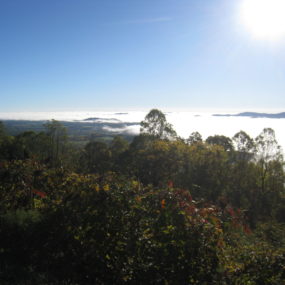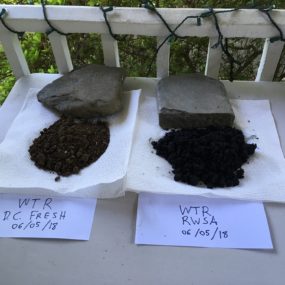Naughty Nitrogen
Nitrogen didn’t start out naughty. It comes from a good home: a blue planet that I hear is very nice. It constitutes 78 percent of our planet’s atmosphere and enjoys cosmic notoriety as the sixth most abundant element in the universe. Way to go number 7 (check your periodic table). Life wouldn’t be much good without it, and it finds its way into many products: food, fertilizer, explosives, refrigerants, metals, and jet and rocket propellants. If you’ve had the good fortune to witness the aurora borealis, you have Nitrogen to thank, at least in part, for the experience. Oh. . .but Nitrogen has a naughty side.





